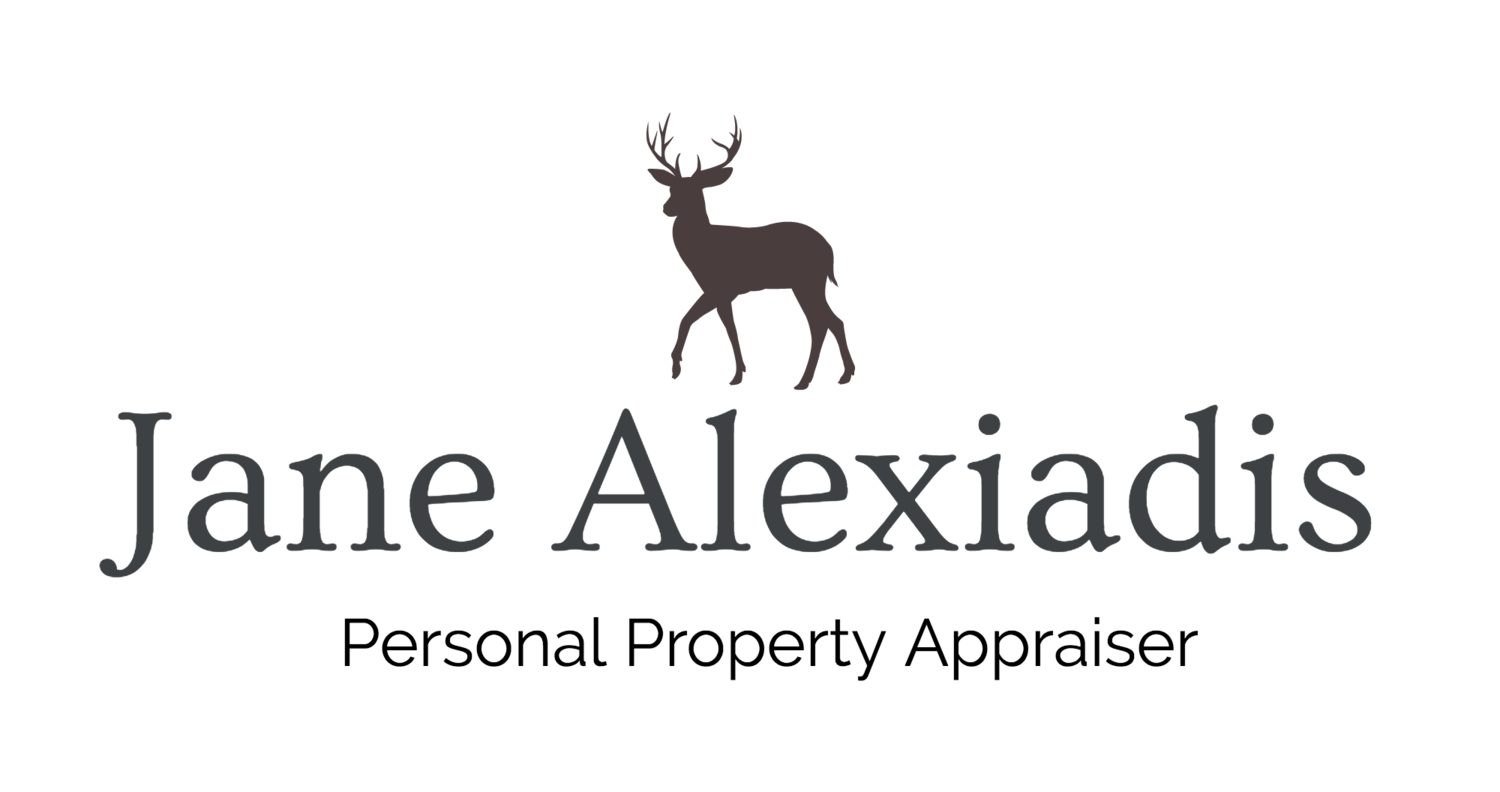In my previous column I identified a group of ivory figures as the Japanese Seven Lucky Gods and promised to identify them, their attributes and their apotropaic properties. These Gods are an amalgam of figures from Hindu, Taoist and Shinto religions representing Indian, Chinese and Japanese cultures.
Jurojin, Daikoku, Fukorokujo, Hotei, Benten, Ebisu and Bishamon. Each have their own apotropaic specialties.
Sometime in the 15th century these disparate deities were grouped together in Japanese culture as symbols of good luck, prosperity and longevity. Supplicants sometimes apply to specific gods for specific requirement but in general they are appealed to as a group. They traditionally travel together by boat and, on New Year’s Eve, bring good fortune and happiness.
From left to right are: Jurojin, a Chinese sage and god of longevity. He is identified by his elongated head and long white beard and is shown here with a crane. Daikoku is identified by his mallet and full bag of rice. He protects farmers, businesses and the home while assuring prosperity.
Fukorokujo looks very similar to Jurojin. I might even have them mixed up here. Fukorokujo’s forehead is also elongated and he carries a staff and is shown with a deer. In addition to wealth, happiness and longevity, he is said to be able to revive the dead.
Hotei is probably the best known and easiest to recognize. He has a fat belly, a full bag of grain and a child at his feet. Hotei symbolizes contentment and happiness. Benten is the only female of the group. She is most often depicted carrying a lute and accompanied by a dragon holding a jewel. Benten, the goddess of beauty, art, literature and music, grants amiability.
A fishing pole and fish identify Ebisu. He is popular among fishermen and sailors and is said to bring good fortune to matters of business or commerce. Bishamon wears armor carries a spear and holds a pagoda shaped treasure box. He protects against evil or illness and is a bringer of wealth.
Hi Jane. I look forward to your upcoming column identifying the Japanese figures. . I'm wondering if the ivory gods you are writing about are related to the ones I am attaching here. My son brought them from China in the 80's.
The Eight Chinese Immortals
Your figures represent the Eight Chinese Immortals. Often depicted together in a boat, the immortals, too, have identifying attributes, histories and functions. From the image you have:
Cao Gou Jia – cymbals or castenets
Lan Cai – basket of flowers
Zhang Gou Lao – bamboo rods
He Xian Gu – Lotus flower
Zhong Quan – belly and feather fan
Han Xiang Zi – flute
Lu Doug Bin – sword and
Lie Tie Guai – crutch and double gourd.
For their histories and the mythology surrounding them I highly recommend Jan-Erik Nilsson’s website at www.Gotheborg.com. Begun in 1999 as a means for collectors of Chinese and Japanese porcelain to share information, the site and its discussion group members are a marvelous resource for details about Asian iconography and folklore.
Your figures appear to be ivory. You cannot sell them so enjoy their stories!



